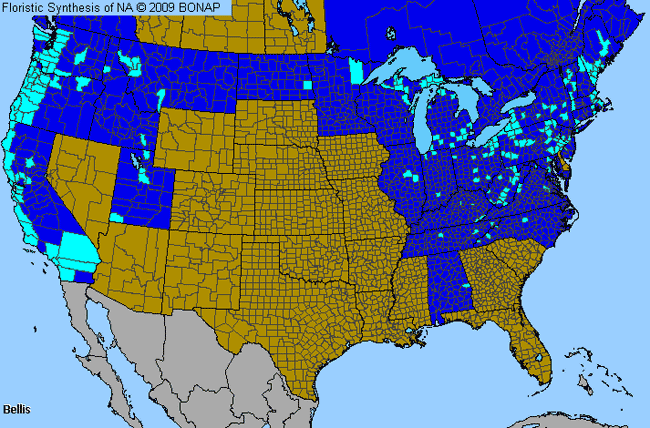Lawndaisy (Bellis)

Lawndaisy Genus Details

Lawndaisies are native to Europe and the Mediterranean basin and were transplanted to the U.S. The stems are loosely clustered, arising from creeping, fibrous rootstocks. They have small florets with white to pink flower parts. The daisies usually grow between 2.4 to 5.9 inches tall. Lawndaisies flower from early spring to late autumn and cover the ground with flat leaves so that nothing can grow underneath. It can be found throughout the U.S., usually in the southern states. Lawndaisies have been known to treat a wide variety of ailments, including wound treatment and inflammatory disorders of the liver.
Lawndaisy Allergy Info

This genus is not commonly cited as a source of allergy.
Lawndaisy Pollen Description

Baccharis pollen grains are oblate-spheroidal to prolate-spheroidal; the amb triangular, 3-4 lobate and 3-4 colporate. The sexine is generally thick, tectate, and has long spines. The intine is thin but slightly thickened below the apertures. Bellis has pollen grains of the Baccharis-type.
The grains are typically 20-30 micrometers in diameter.
Species in This Genus

Allergenicity Legend:
 Mild Allergen |
Mild Allergen |
 Moderate Allergen |
Moderate Allergen |
 Severe Allergen |
Severe Allergen |
 Allergy Test Available
Allergy Test Available
Lawndaisy (Bellis) is a genus of the ASTERACEAE family.
This genus includes the following allergenic species:
This genus includes the following allergenic species:











